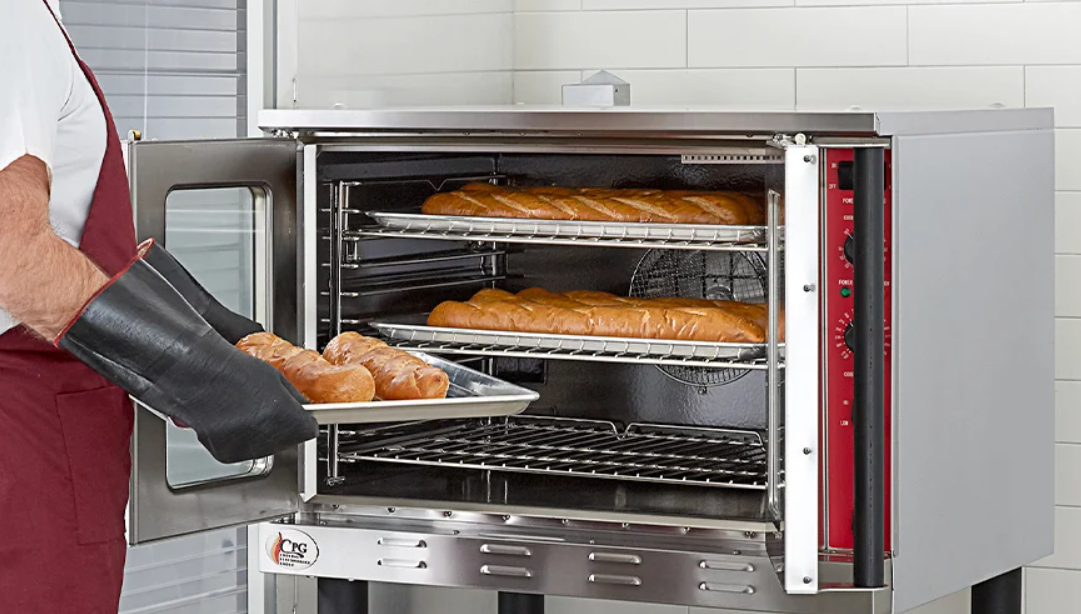Baking is an art, and a skill that varies wildly from person to person. Every baker’s abilities contain nuances that differentiate their creations from one another. However, baking at its core is not something that should be taken lightly. With the right tools, a baker can make even the most challenging recipe look easy as they create desserts that will make your mouth water with every bite. If you are looking to become a better baker, it is important to first understand the tools of the trade. While some bakers prefer certain methods over others, there are many tools which are used in bakeries all over the world. A bakery oven is one of these features that you can’t ignore its availability.
There are many different types of bakery ovens on the market. However, there are some that are more commonly used than others. Here are some of the most common types of bakery ovens:
Direct-fired oven (DFO)
The direct-fired oven is the most common type of bakery oven. The heat in this type of oven comes from a flame that burns inside. This flame heats up the brick walls of the oven, which in turn heats up the bread or dough inside.
Indirect-fired oven (IFO)
The indirect-fired oven is another popular type of bakery oven. In this type of oven, there is no flame inside — instead, there is a heat source outside that heats up an internal chamber and then distributes that heat throughout the rest of the oven by convection currents.
Electric oven
Electric bakery ovens are used for small operations where only a few loaves are baked at once. These types of machines use electricity to generate heat and bake their products at relatively low temperatures (about 350°F). They usually have a capacity of one loaf at a time, though some can fit up to four loaves at once. If you’re just starting out your own business and don’t have much money to spend on equipment, this might be an option for you!
Peel brick oven
This type of oven has been around for centuries because it’s simple to use and easy to maintain. Peel brick ovens are made from bricks, clay or cement and they can be heated with wood, gas or electricity. The heat source is usually located on one side of the oven, so the baker has to rotate them as they bake in order to get an even distribution of heat across their product.
Rack oven
Rack ovens are used primarily by large bakeries that produce large amounts of baked goods on a daily basis. They have multiple racks that can be loaded with product at once and then moved through different temperature zones as needed during baking. Like peel brick ovens, rack ovens require manual rotation during baking in order to ensure an even distribution of heat across your product.
Conclusion
In the end, there are many different types of bakery ovens. These ovens come in a variety of shapes and sizes, as well as a range of prices—there truly is a right option for every baker and cost-conscious budget. Companies have designed affordable, efficient, quality ovens that fit just about every type of bakery business out there.
So with so many types of ovens available today, it can be a daunting task to select the right kind to fulfill your baking needs at home. Luckily, after reading this blog you should have a much clearer idea of how to assemble the perfect baking space for yourself. While there are dozens of other types of ovens that you may find online or at stores near you, the five described above are among the most commonly used today.
